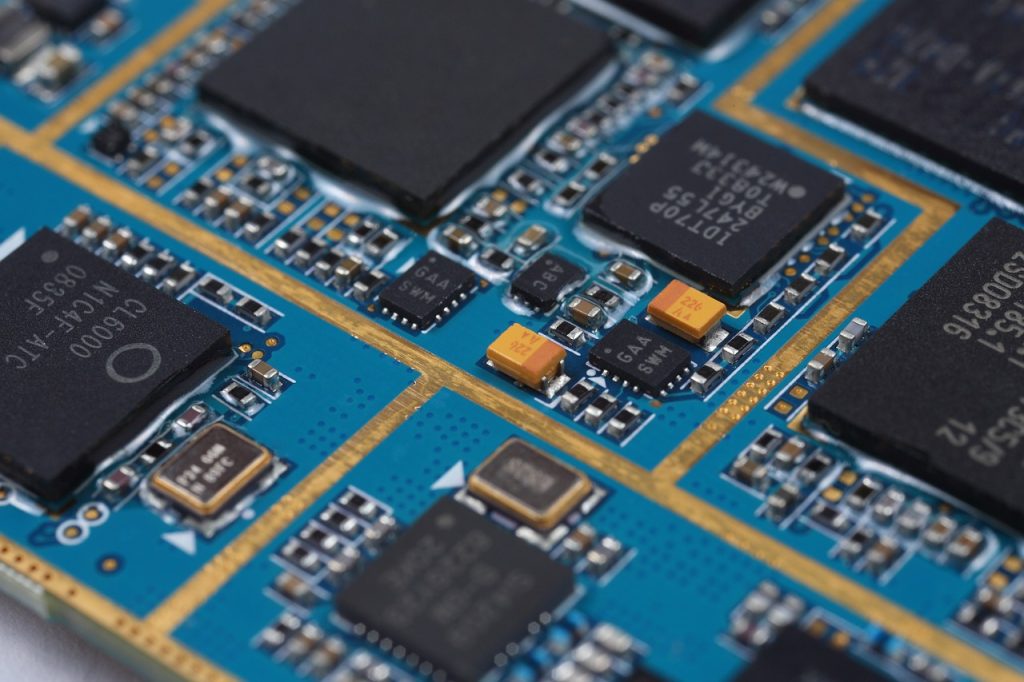Introduction
Printed circuit boards (PCBs) are integral components in electronic devices, serving as the foundation for interconnecting and powering various electronic components. As electronic devices continue to advance, it becomes crucial to understand the environmental factors that can affect the performance and reliability of PCBs. In this article, we will explore the impact of high temperature and humidity on PCBs, shedding light on potential challenges and necessary precautions.
The Effects of High Temperature
- Thermal Stress: High temperatures can subject PCBs to thermal stress, which may lead to component failure or solder joint degradation. Excessive heat can cause expansion and contraction of the board and its components, potentially resulting in mechanical and electrical failures.
- Material Integrity: Elevated temperatures can adversely affect the material integrity of PCBs. The substrate material, typically made of fiberglass-reinforced epoxy, may experience thermal degradation, compromising the structural strength of the board.
- Signal Integrity: High temperatures can impact the electrical properties of the PCB, leading to signal integrity issues. Heat-induced expansion and contraction can alter the impedance characteristics of transmission lines, causing signal distortions or reflections.
- Component Performance: Electronic components on the PCB, such as integrated circuits (ICs), capacitors, and resistors, often have specified operating temperature ranges. Operating beyond these temperature limits can affect their performance, reliability, and even lifespan.
The Effects of High Humidity
- Corrosion: High humidity levels can create a conducive environment for the formation of moisture on the PCB surface. Moisture, in the presence of oxygen, can lead to corrosion of the conductive traces, solder joints, and component leads, compromising the electrical connectivity.
- Conductive Contamination: Humidity can contribute to the accumulation of conductive contaminants, such as dust, salts, or other pollutants, on the PCB surface. These contaminants can cause short circuits or interfere with signal transmission, leading to malfunction or reduced performance.
- Insulation Breakdown: Excessive humidity can deteriorate the insulation properties of PCB materials, such as solder mask or conformal coating. This breakdown may result in leakage currents, reduced insulation resistance, or even insulation failure.
Precautions and Mitigation Strategies
To mitigate the adverse effects of high temperature and humidity on PCBs, several precautions can be taken:
- Temperature Control: Ensure that electronic devices and PCBs operate within the recommended temperature range. Implement proper cooling mechanisms such as heat sinks, fans, or thermal management techniques to dissipate excess heat.
- Humidity Control: Use environmental controls such as dehumidifiers or humidity-controlled storage to maintain optimal humidity levels during storage, transportation, and operation of PCBs.
- Conformal Coating: Apply a conformal coating on the PCB surface to protect it from moisture, contaminants, and corrosion. This coating acts as a barrier, enhancing the PCB’s resistance to humidity-related issues.
- Enclosure Design: Employ effective enclosure design practices to prevent moisture ingress, ensuring that the PCB remains protected from high humidity environments.
Conclusion
High temperature and humidity can significantly impact the performance and reliability of PCBs. Thermal stress, material integrity concerns, signal integrity issues, corrosion, and conductive contamination are among the potential challenges. By implementing appropriate precautions such as temperature control, humidity control, conformal coating, and effective enclosure design, the detrimental effects of high temperature and humidity on PCBs can be mitigated. Understanding and addressing these environmental factors will contribute to the longevity and optimal functioning of electronic devices relying on printed circuit boards.


